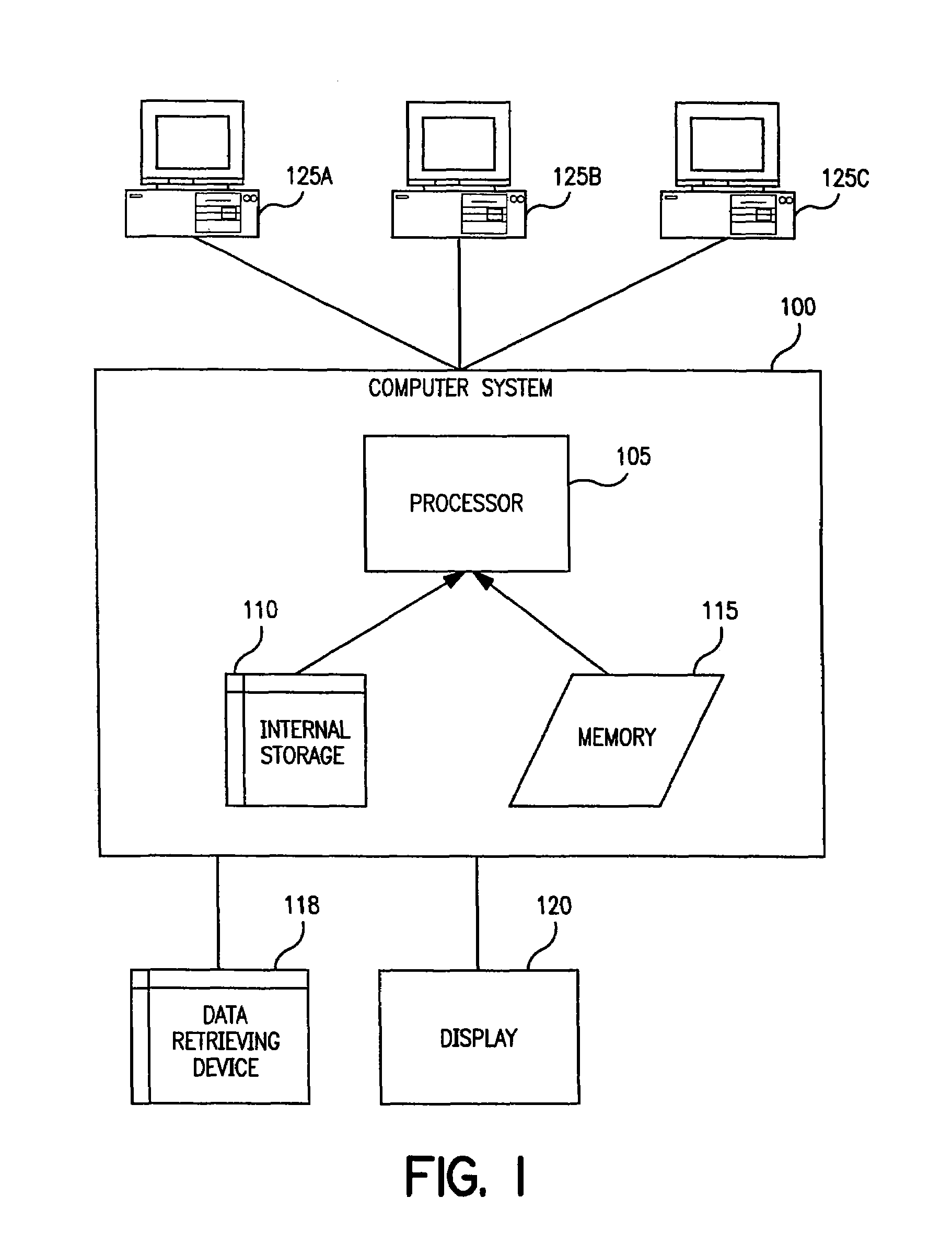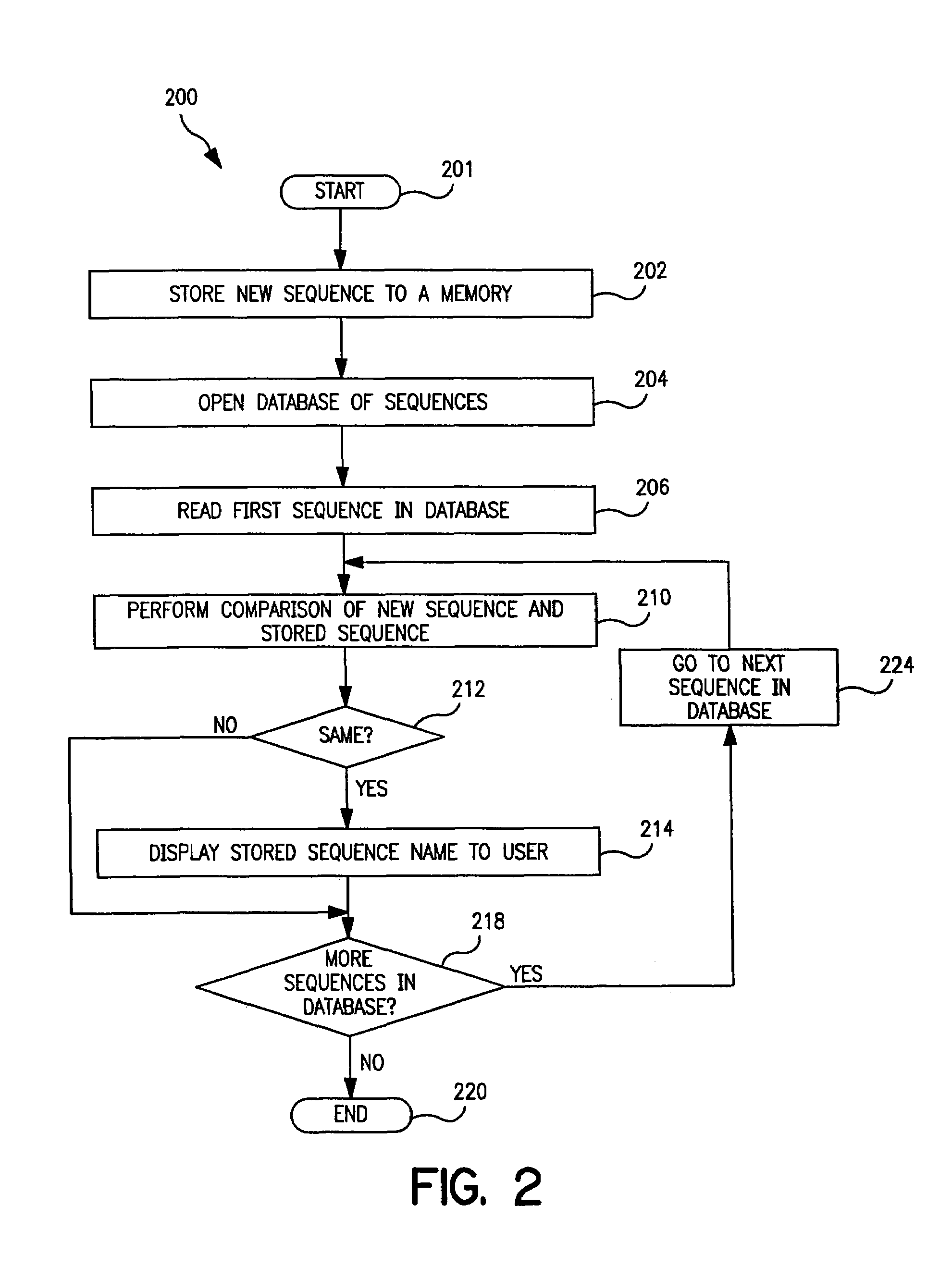Enzymes having alpha amylase activity and methods of use thereof
a technology of alpha amylase and enzyme, applied in the field of enzymes and polynucleotides encoding enzymes, can solve the problems of increasing the the staling of baked products (such as bread) is recognized as a serious problem, and the staling of bread is less efficient than high temperature liquefaction, so as to improve the anti-staling effect, less firmness of the crumb, and the effect of staling bread
- Summary
- Abstract
- Description
- Claims
- Application Information
AI Technical Summary
Benefits of technology
Problems solved by technology
Method used
Image
Examples
example 1
Identification and Characterization of Thermostable α-Amylases
[0298]The present example shows the identification of novel acid amylases. The screening program was carried out under neutral and low pH conditions. DNA libraries generated from low pH samples were targeted for discovery. This effort afforded the discovery of hundreds of clones having the ability to degrade starch. DNA sequence and bioinformatic analyses classified many of these genes as previously unidentified amylases.
Biochemical Studies
[0299]Biochemical analysis of the amylase genomic clones showed that many had pH optima of less than pH 6. Lysates of these genomic clones were tested for thermal tolerance by incubation at 70° C., 80° C., 90° C. or 100° C. for 10 minutes and measurement of residual activity at pH 4.5. Those clones retaining >50% activity after heat treatment at 80° C. were chosen for further analysis. These clones were incubated at 90° C. for 10 minutes at pH 6.0 and 4.5 and tested for residual activit...
example 2
Amylase Activity Assay: BCA Reducing Ends Assay
[0303]1. Prepare 2 substrate solutions, as follows:[0304]a) 2% soluble starch (potato) pH 8 solution by dissolving 2 gm potato starch in 100 ml 100 mM sodium phosphate pH 8).[0305]b) 2% soluble starch (potato) pH 10 solution by dissolving 2 gm potato starch in 100 ml 100 mM sodium carbonate.
Heat both solutions in a boiling water bath, while mixing, for 30-40 minutes until starch dissolves.
[0306]2. Prepare Solution A from 64 mg / ml sodium carbonate monohydrate, 24 mg / ml sodium bicarbonate and 1.95 mg / ml BCA (4,4′-dicarboxy-2,2′-biquinoline disodium salt (Sigma Chemical cat #D-8284). Added above to dH2O.
[0307]3. Prepare solution B by combining 1.24 mg / ml cupric sulfate pentahydrate and 1.26 mg / ml L-serine. Add mixture to to dH2O.
[0308]4. Prepare a working reagent of a 1:1 ration of solutions A and B.
[0309]5. Prepare a Maltose standard solution of 10 mM Maltose in dH2O, where the 10 mM maltose is combined in 2% soluble starch at desired pH ...
example 3
Screen for α-Amylase Activity
[0317]The number of plaques screened, per plate, should be approximately 10,000 pfu's. For each DNA library: at least 50,000 plaques per isolated library and 200,000 plaques per non-isolated isolated library should be screened depending upon the pfu titer for the λ Zap Express amplified lysate.
Titer Determination of Lambda Library
[0318]1) μL of Lambda Zap Express amplified library stock added to 600 μL E. coli MRF′ cells (OD600=1.0). To dilute MRF′ stock, 10 mM MgSO4 is used.[0319]2) Incubate at 37° C. 15 minutes.[0320]3) Transfer suspension to 5-6mL of NZY top agar at 50° C. and gently mix.[0321]4) Immediately pour agar solution onto large (150 mm) NZY media plate.[0322]5) Allow top gear to solidify completely (approximately 30 minutes), then invert plate.[0323]6) Incubate the plate at 39° C. for 8-12 hours.[0324]7) Number of plaques approximated. Phage titer determined to give 10,000 pfu / plate. Dilute an aliquot of Library phage with SM buffer if neede...
PUM
| Property | Measurement | Unit |
|---|---|---|
| Fraction | aaaaa | aaaaa |
| Fraction | aaaaa | aaaaa |
| Fraction | aaaaa | aaaaa |
Abstract
Description
Claims
Application Information
 Login to View More
Login to View More - R&D
- Intellectual Property
- Life Sciences
- Materials
- Tech Scout
- Unparalleled Data Quality
- Higher Quality Content
- 60% Fewer Hallucinations
Browse by: Latest US Patents, China's latest patents, Technical Efficacy Thesaurus, Application Domain, Technology Topic, Popular Technical Reports.
© 2025 PatSnap. All rights reserved.Legal|Privacy policy|Modern Slavery Act Transparency Statement|Sitemap|About US| Contact US: help@patsnap.com



